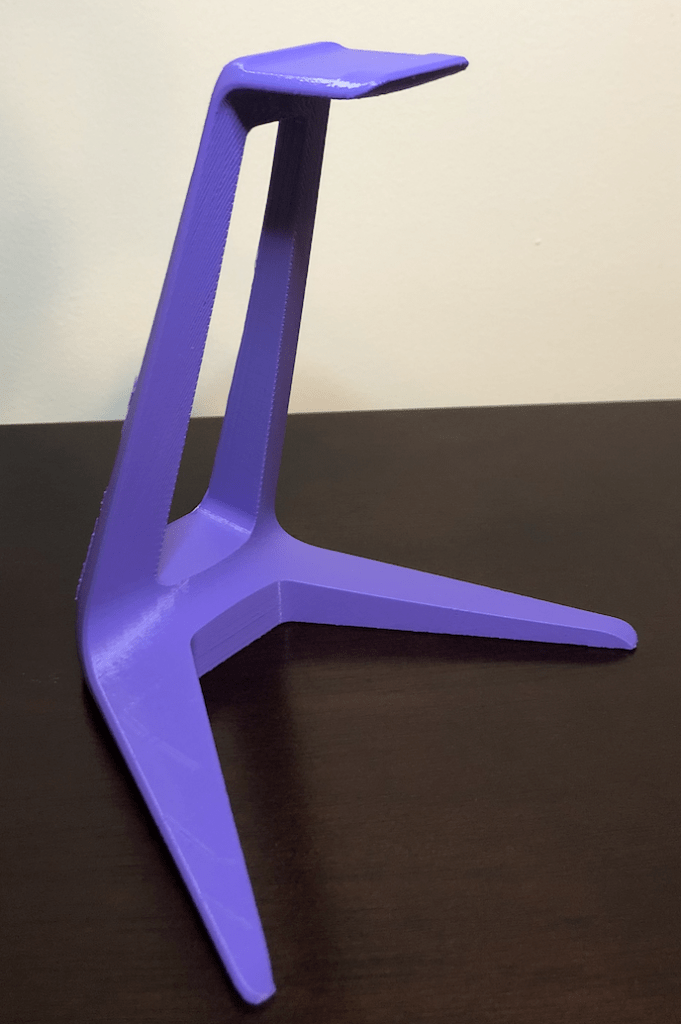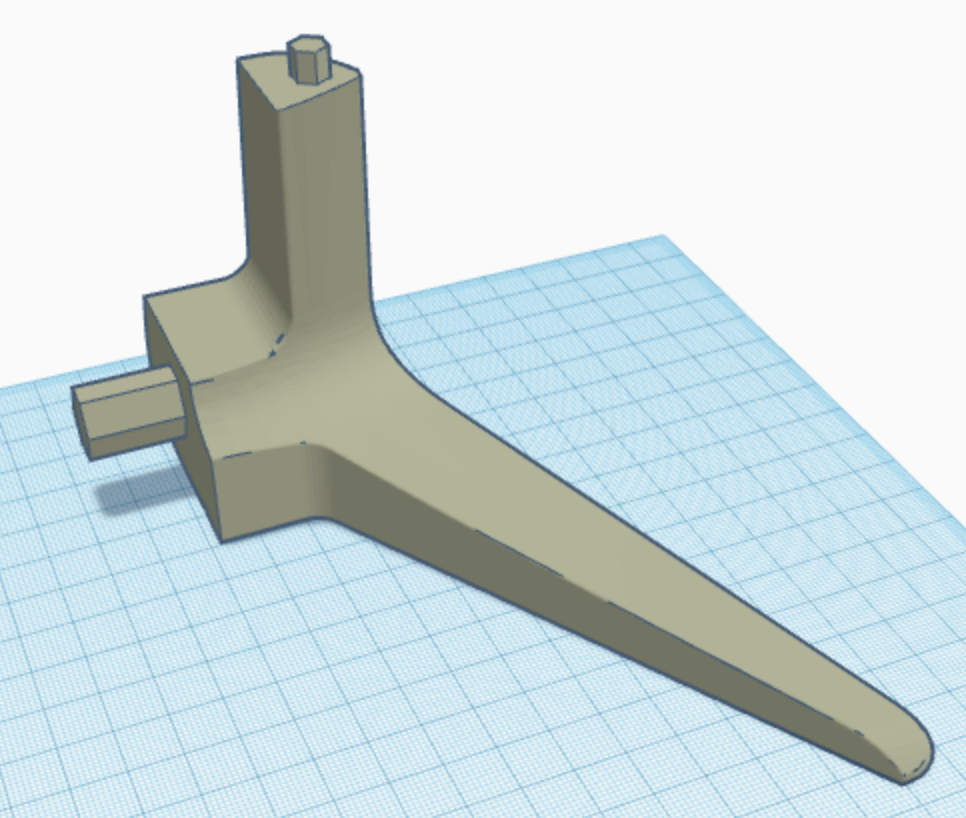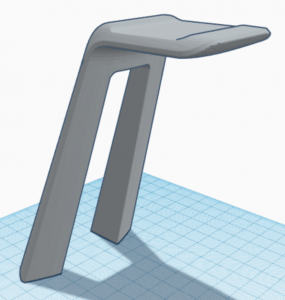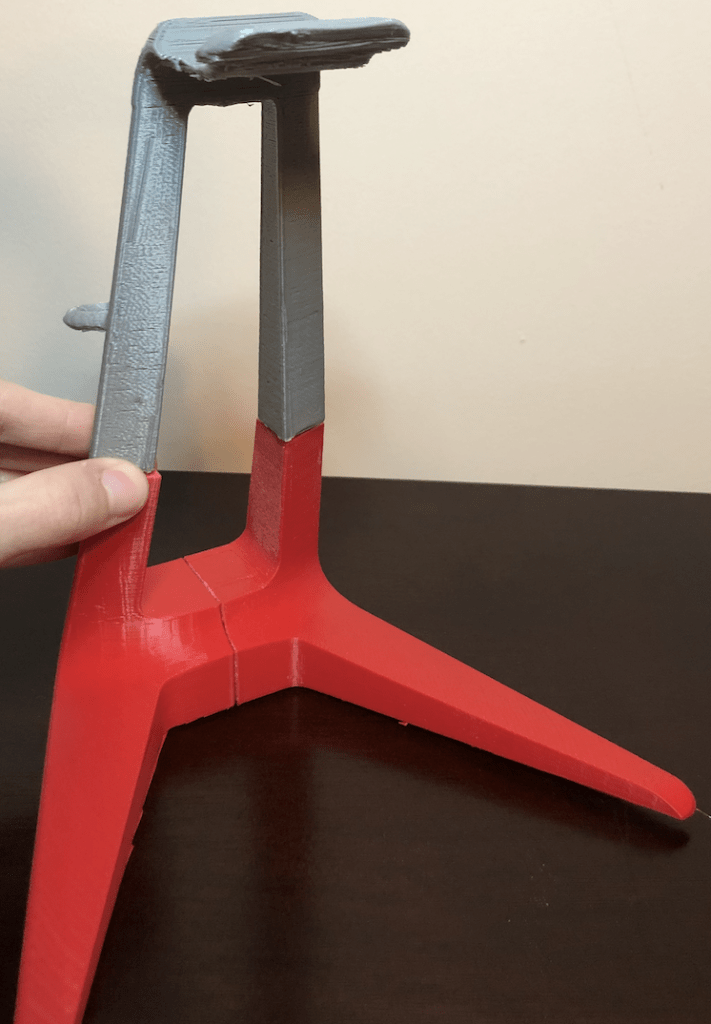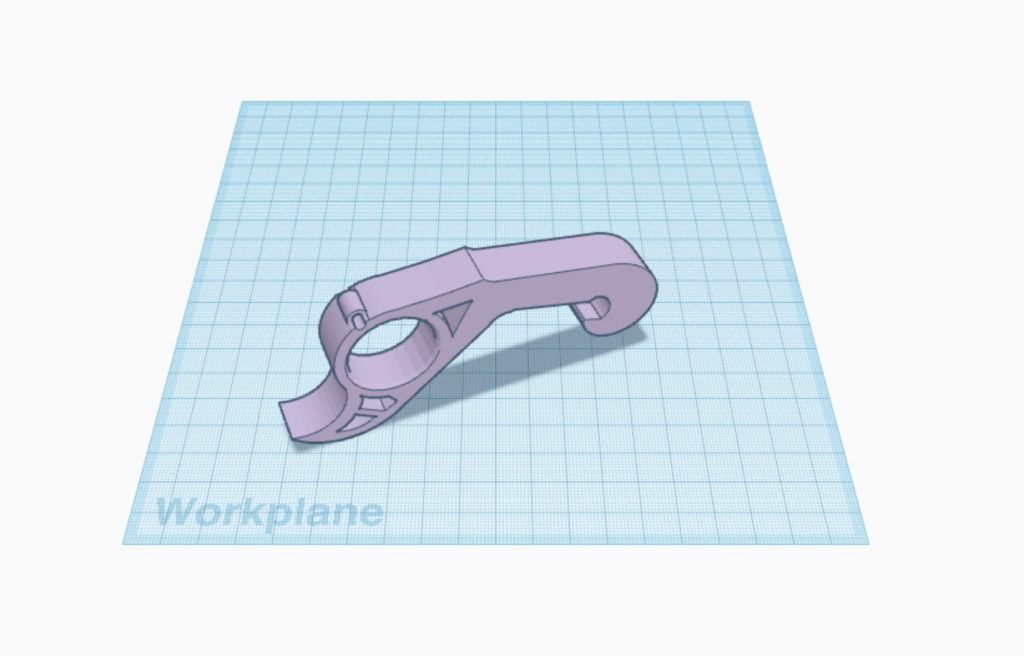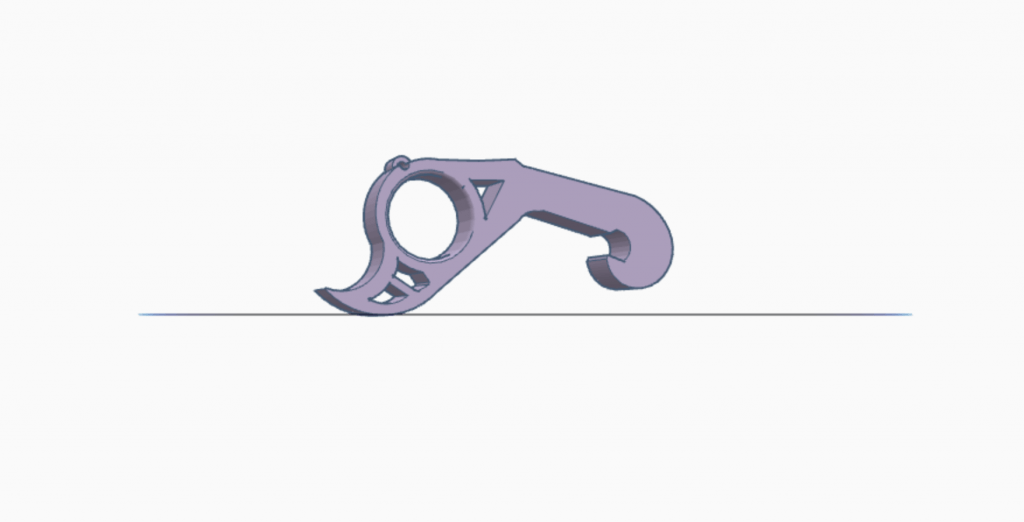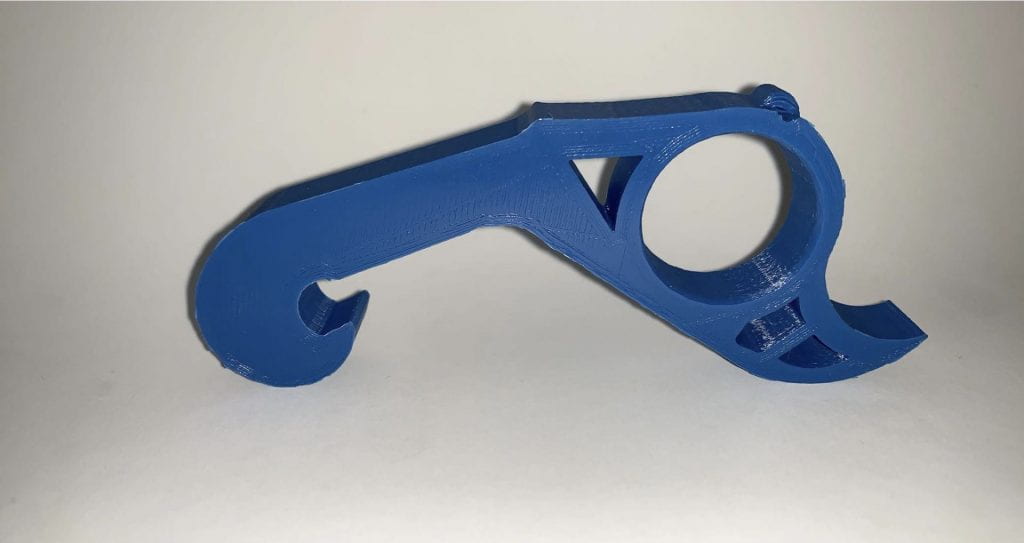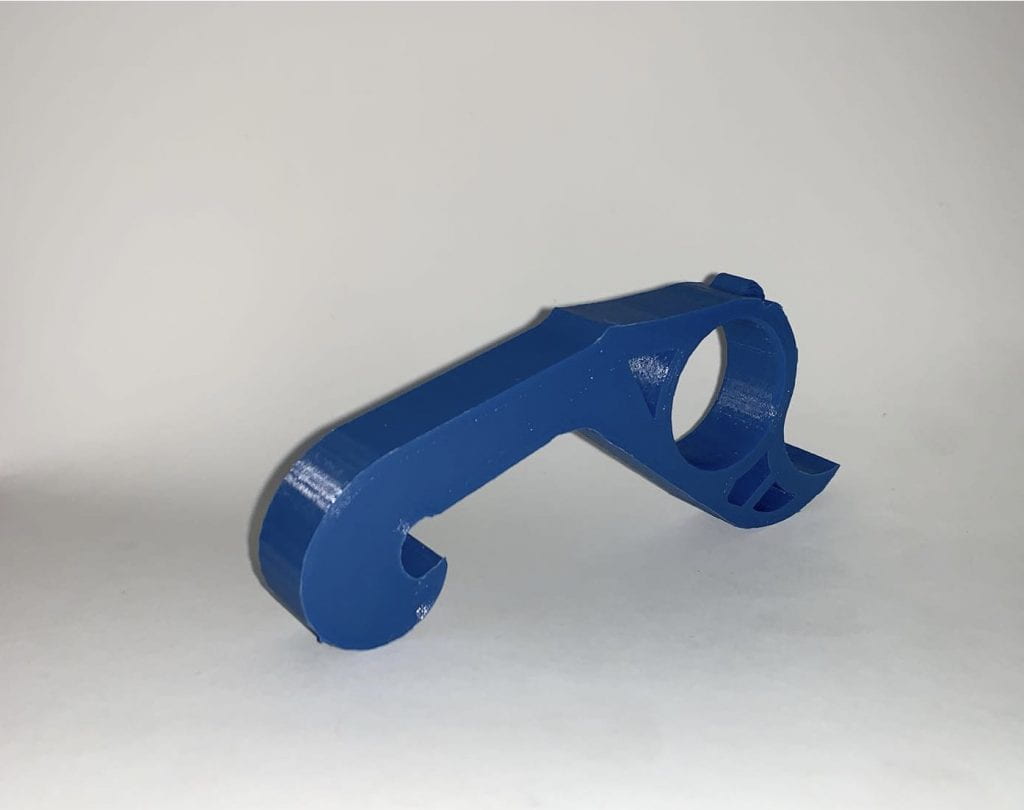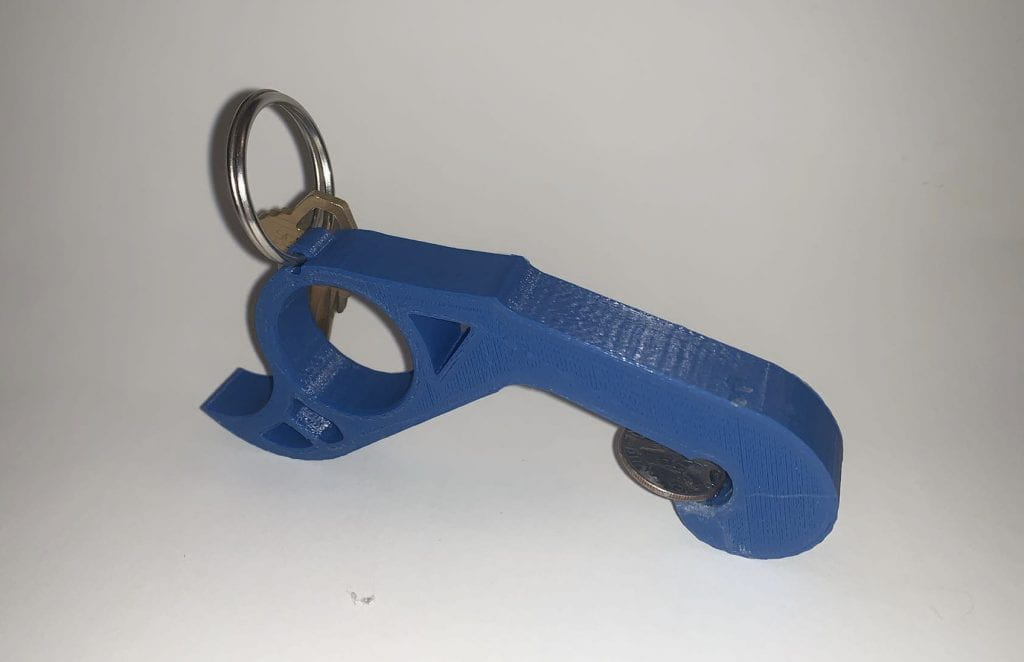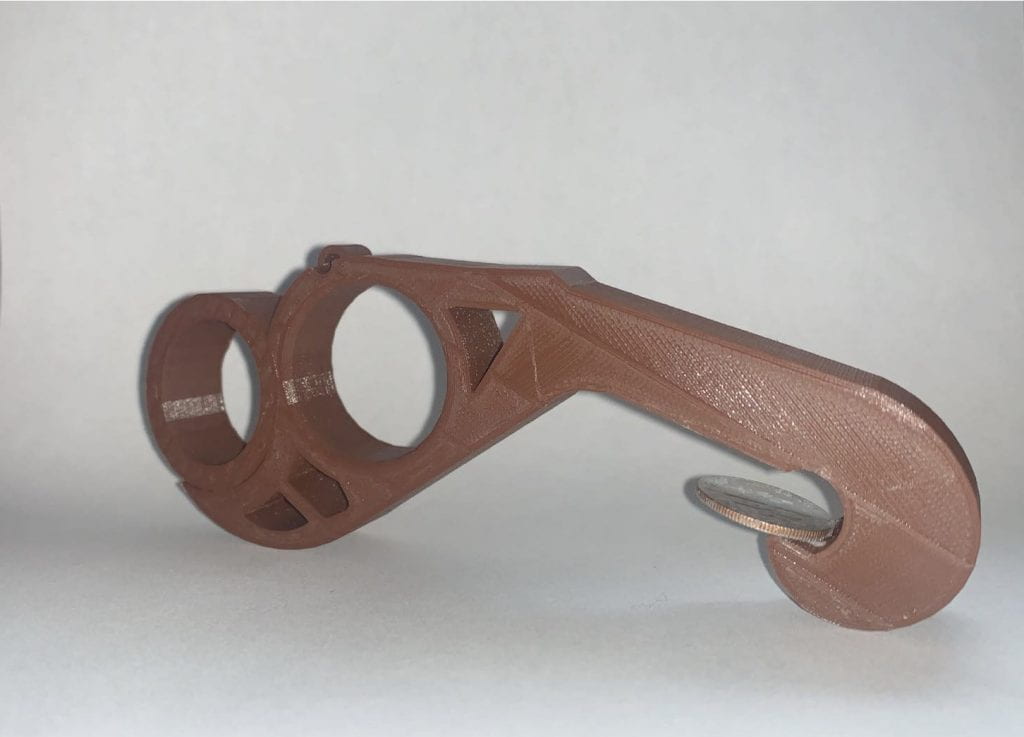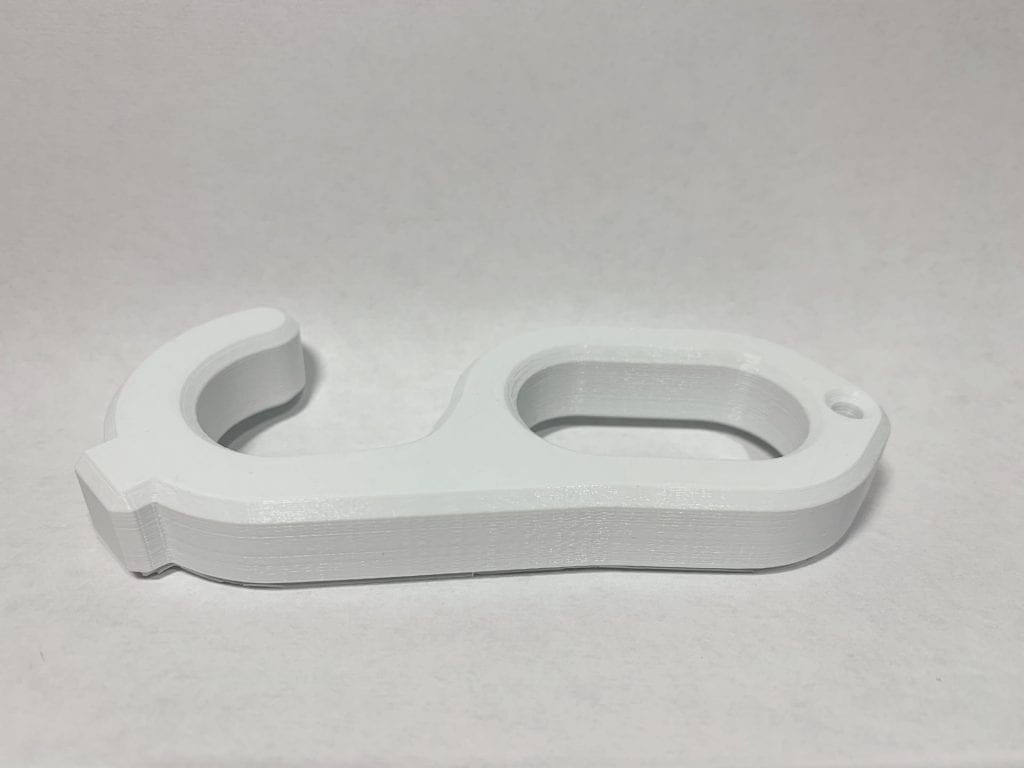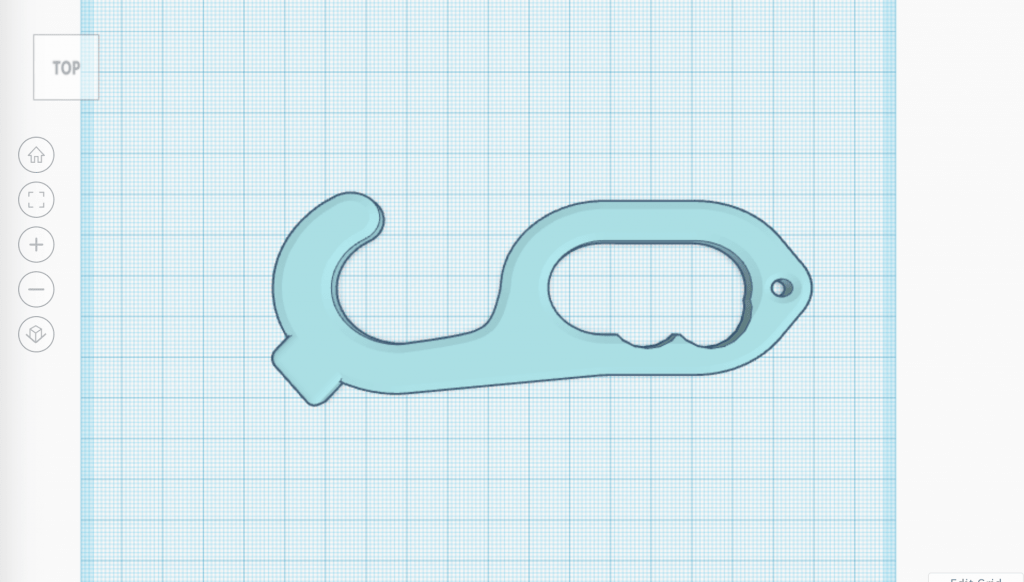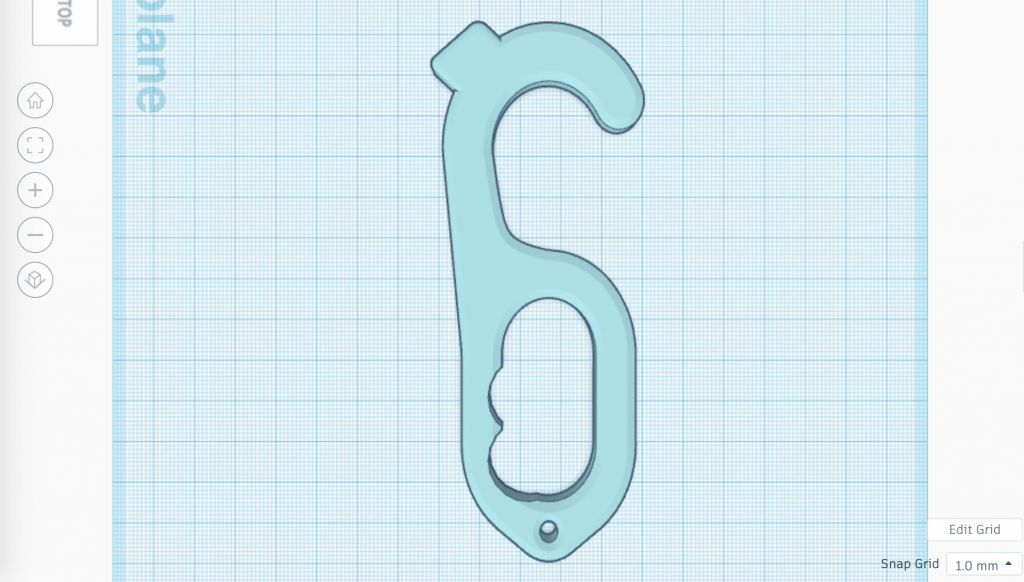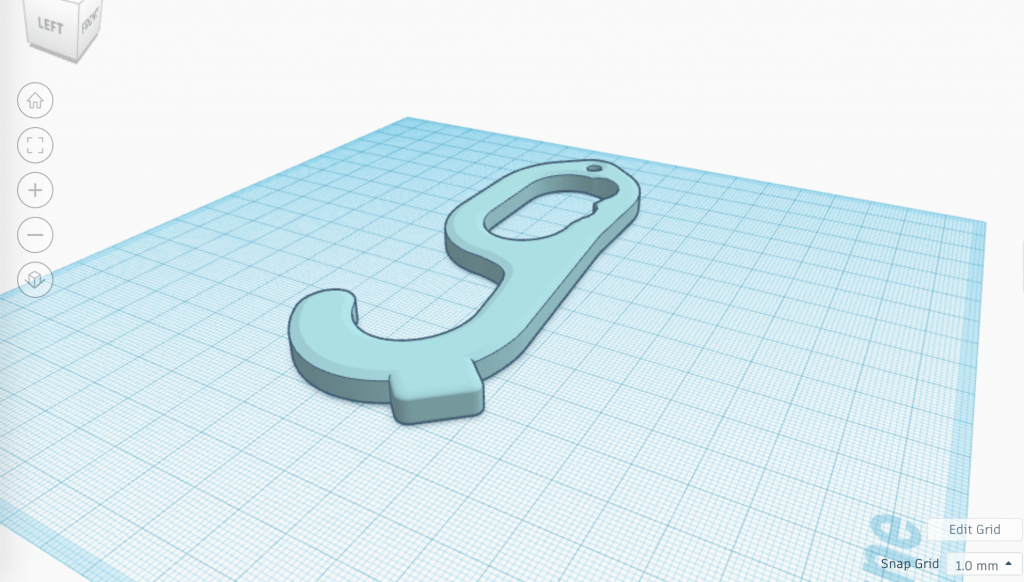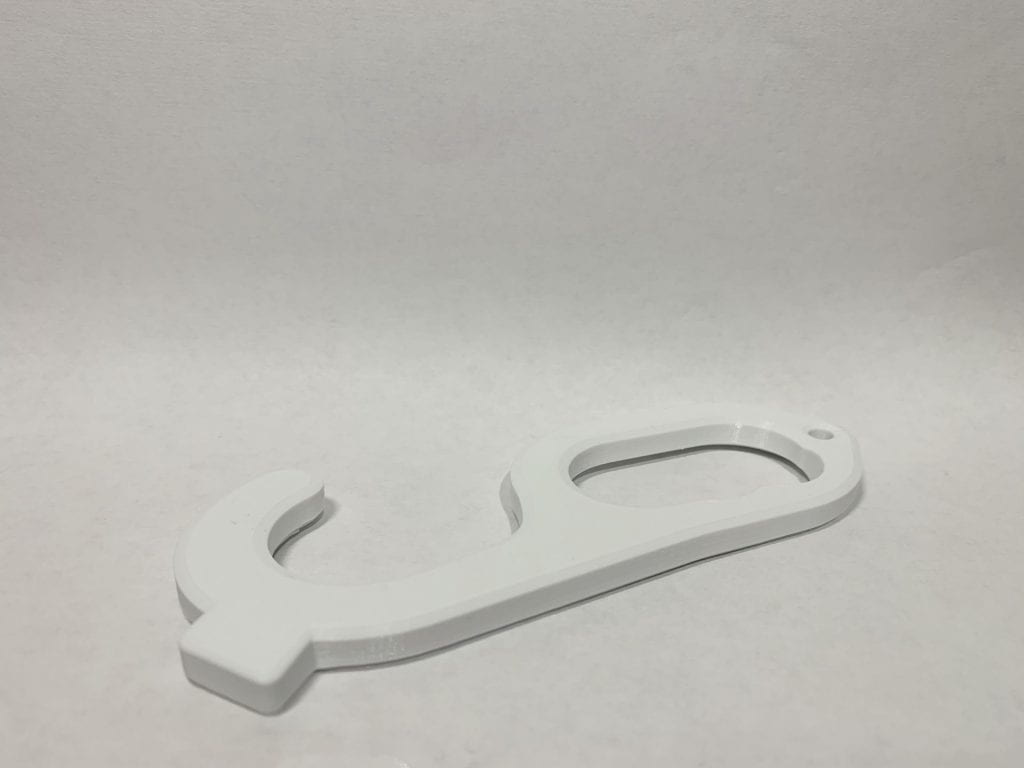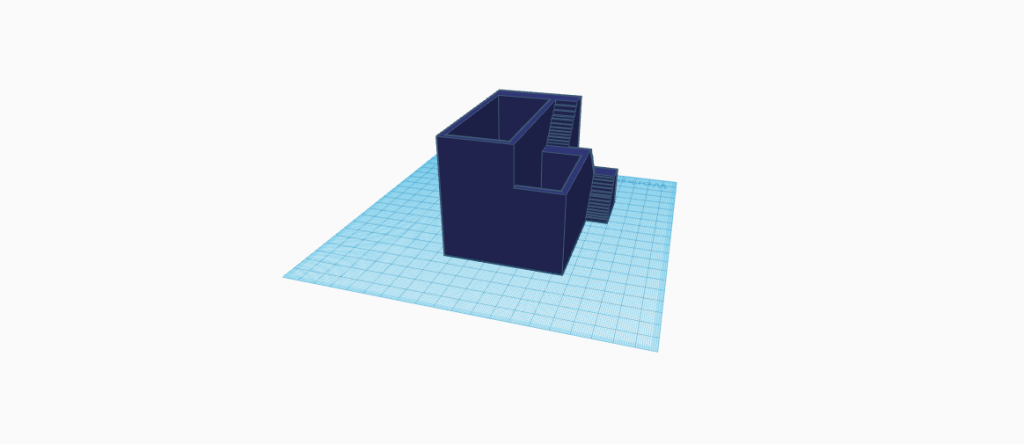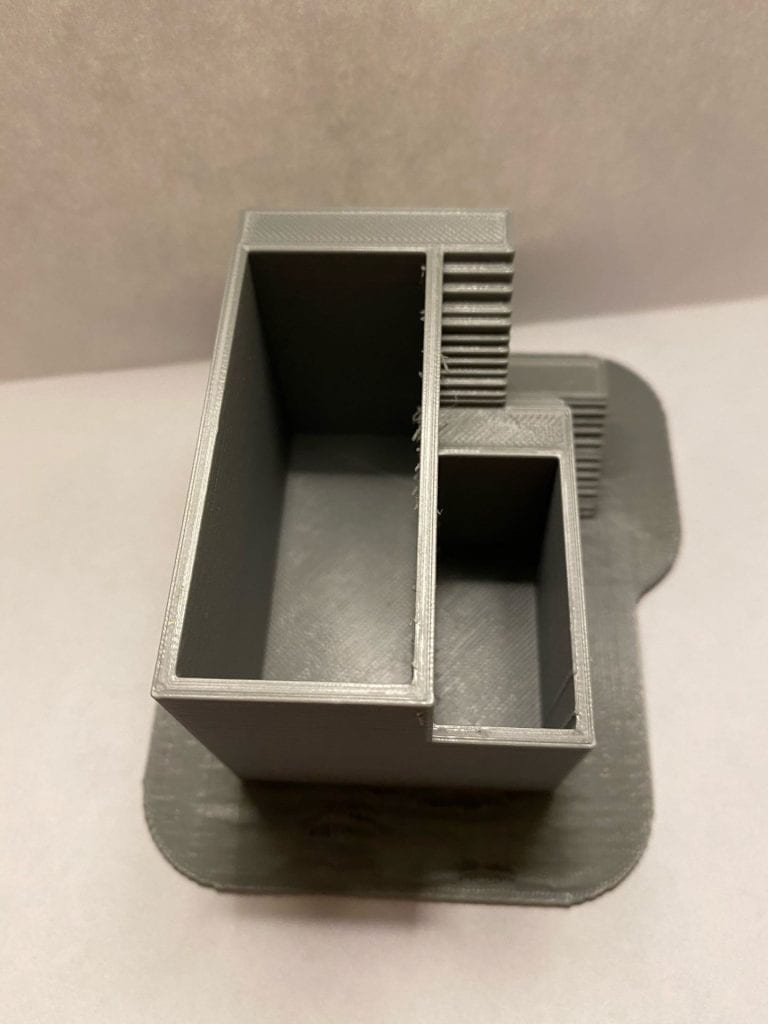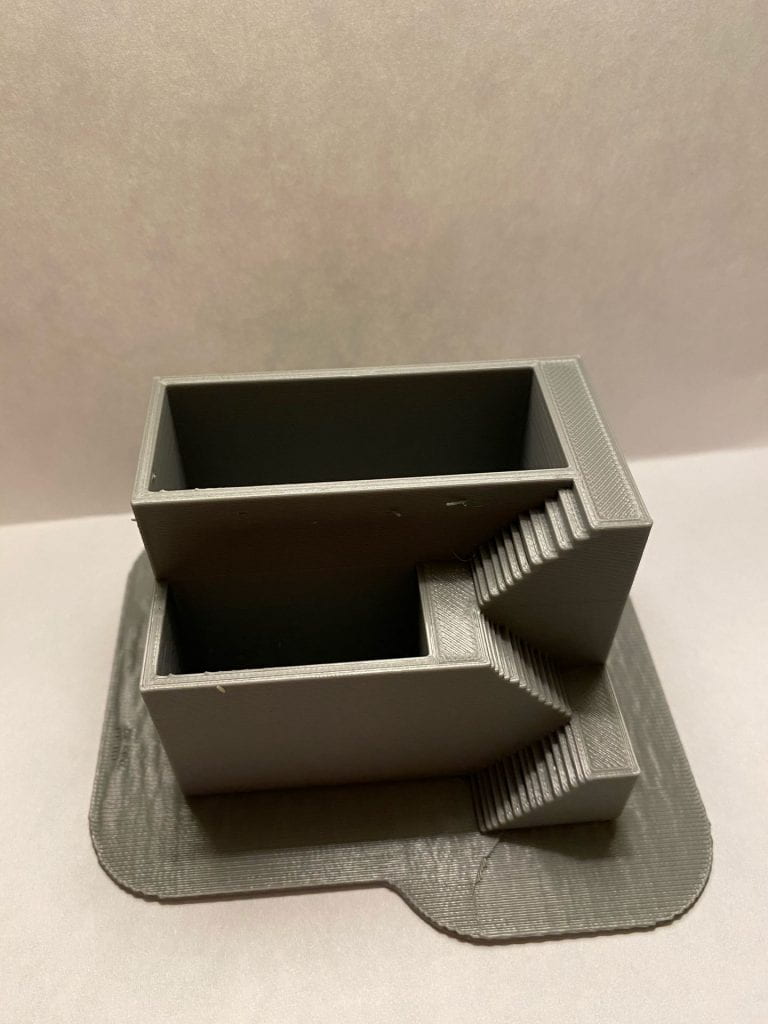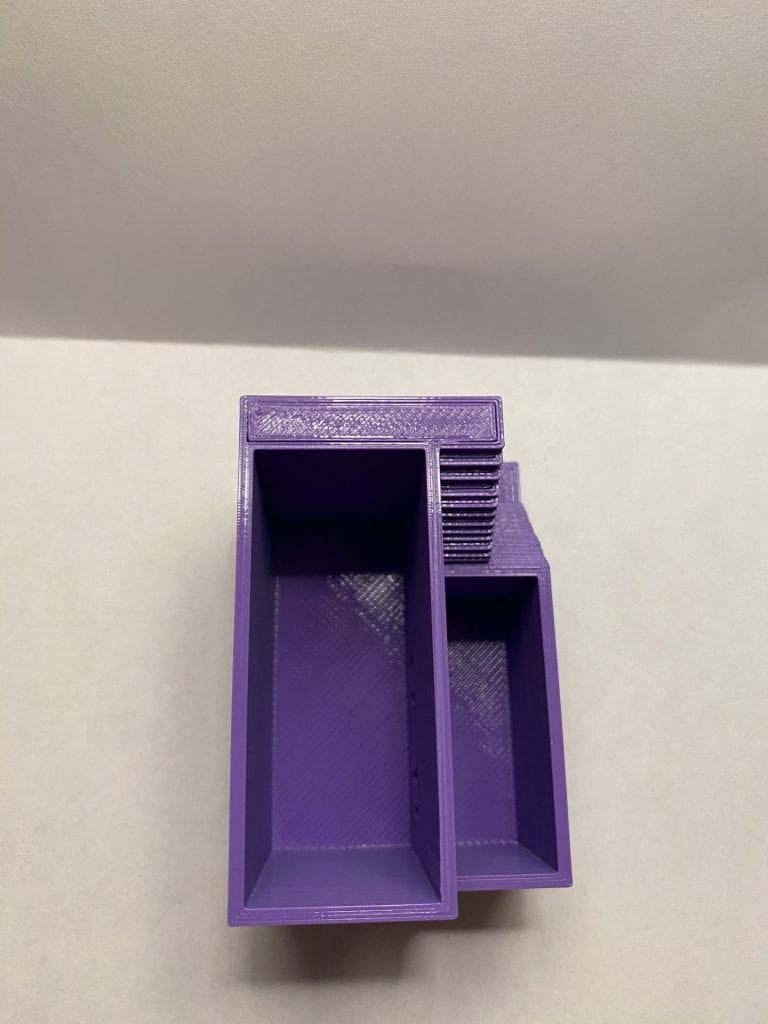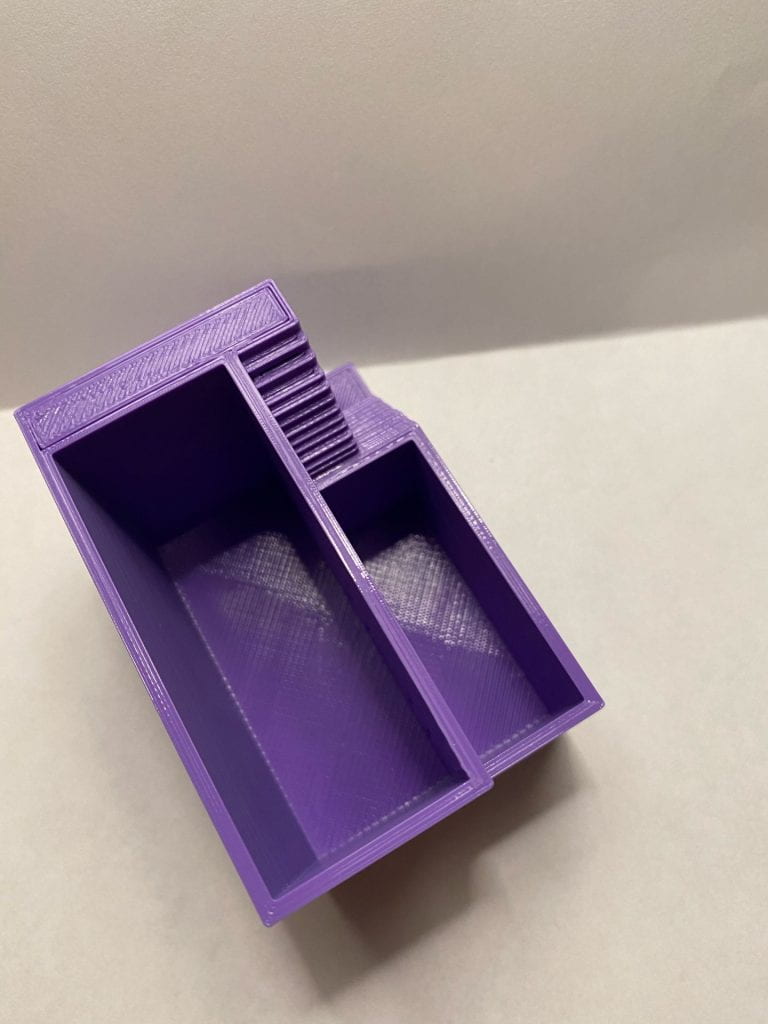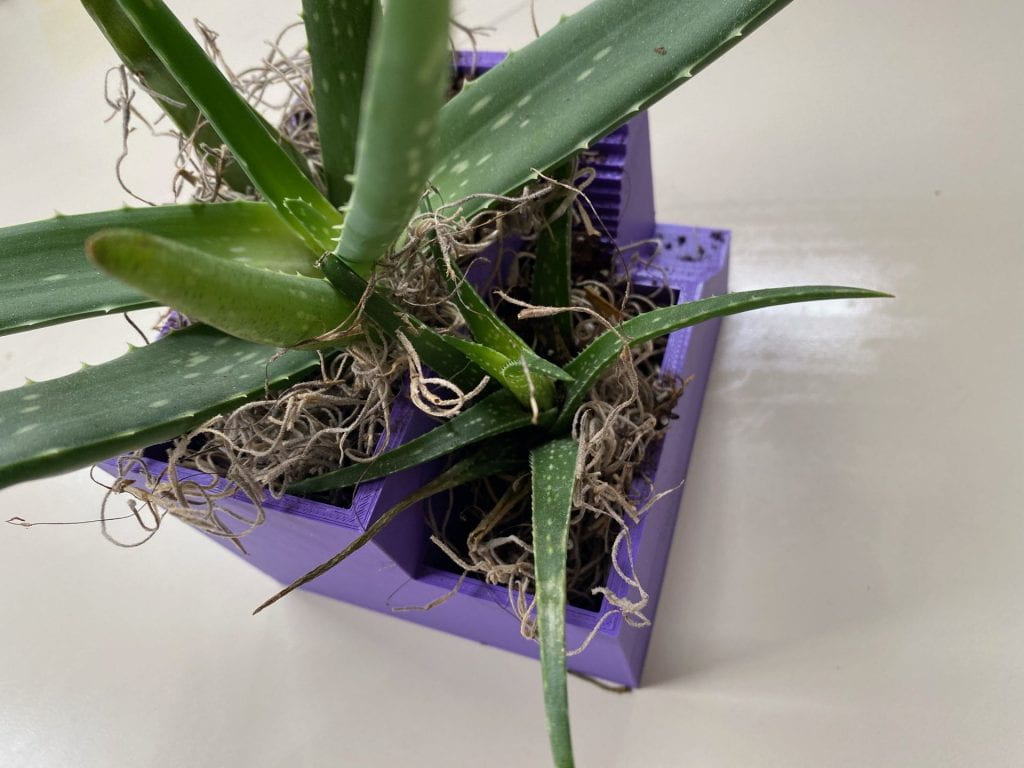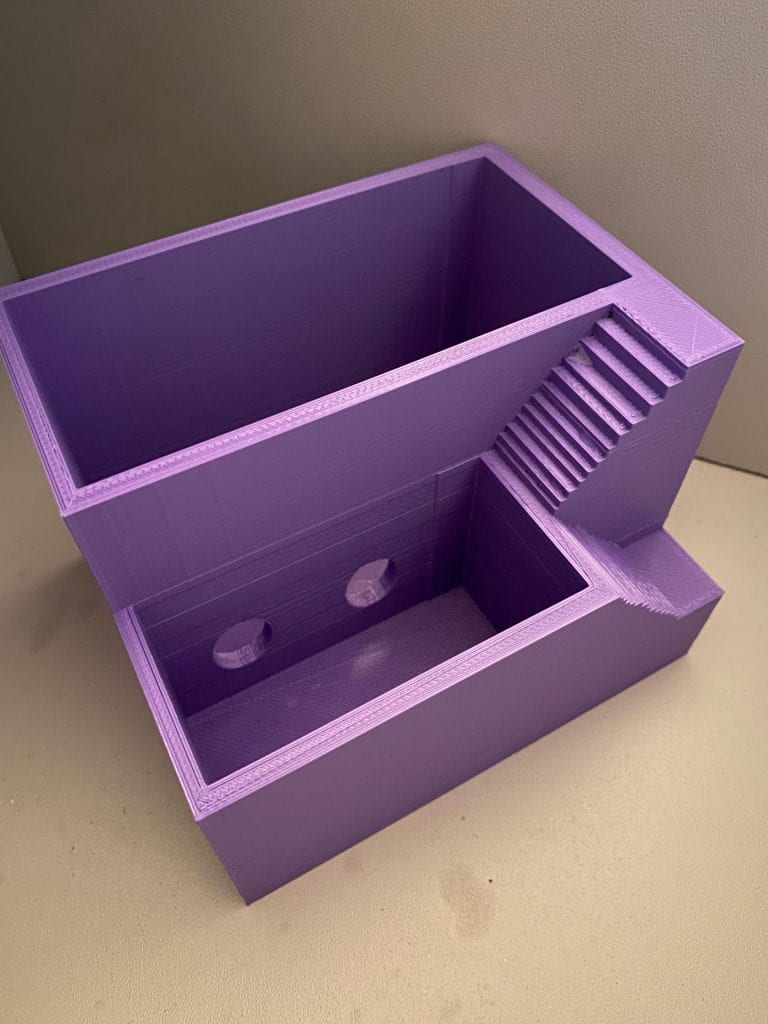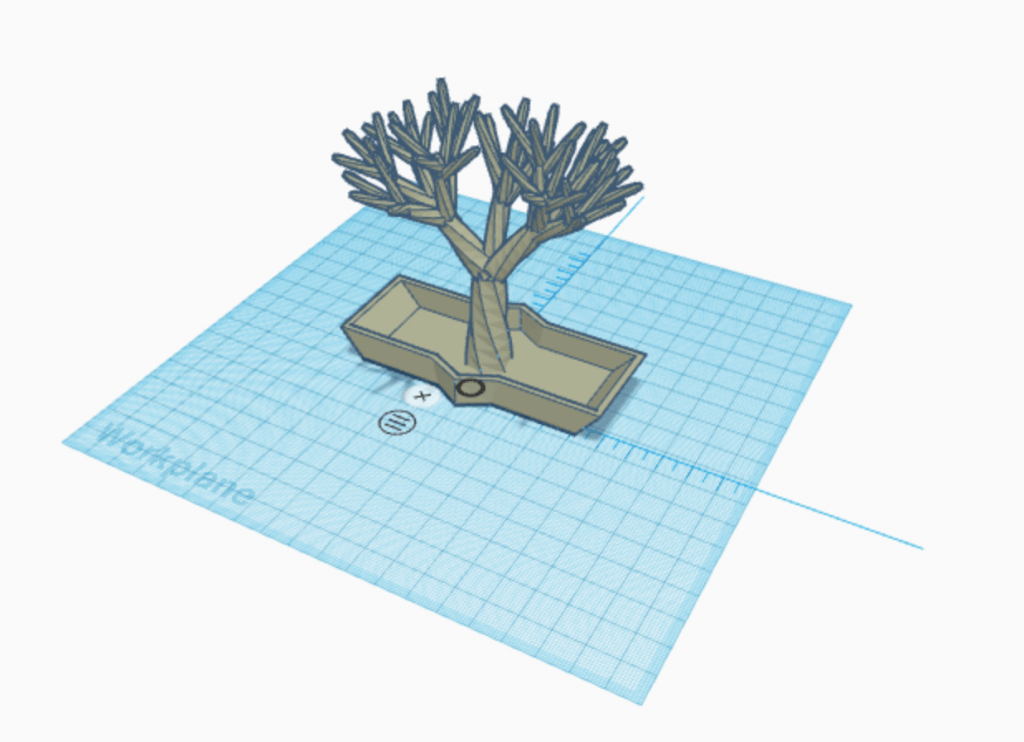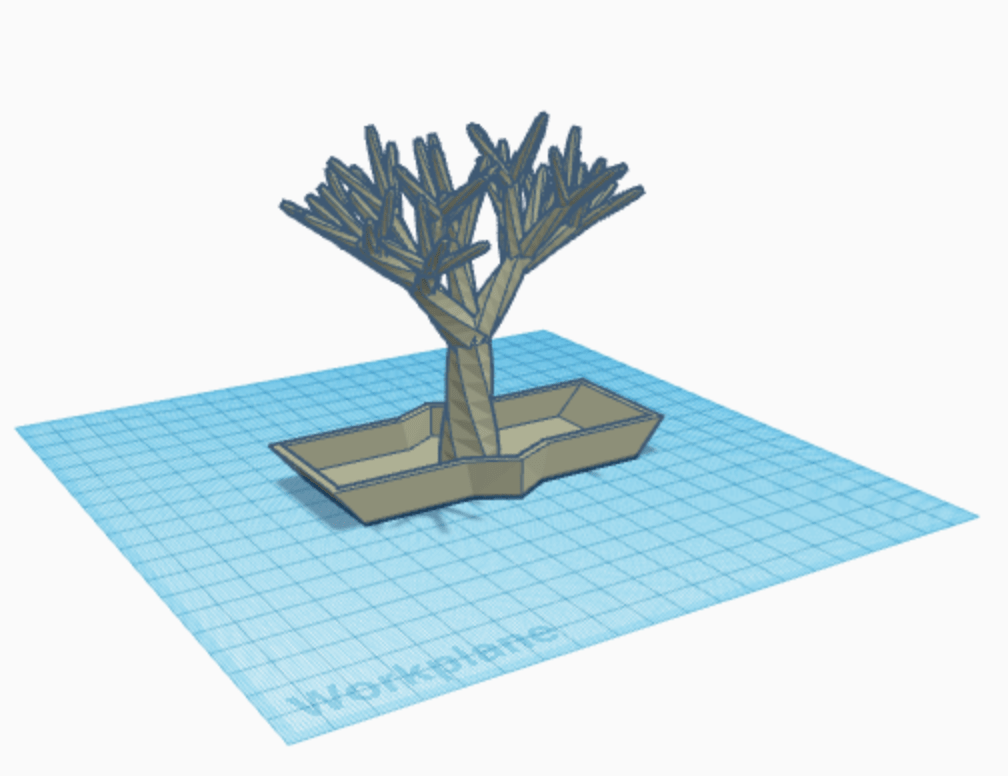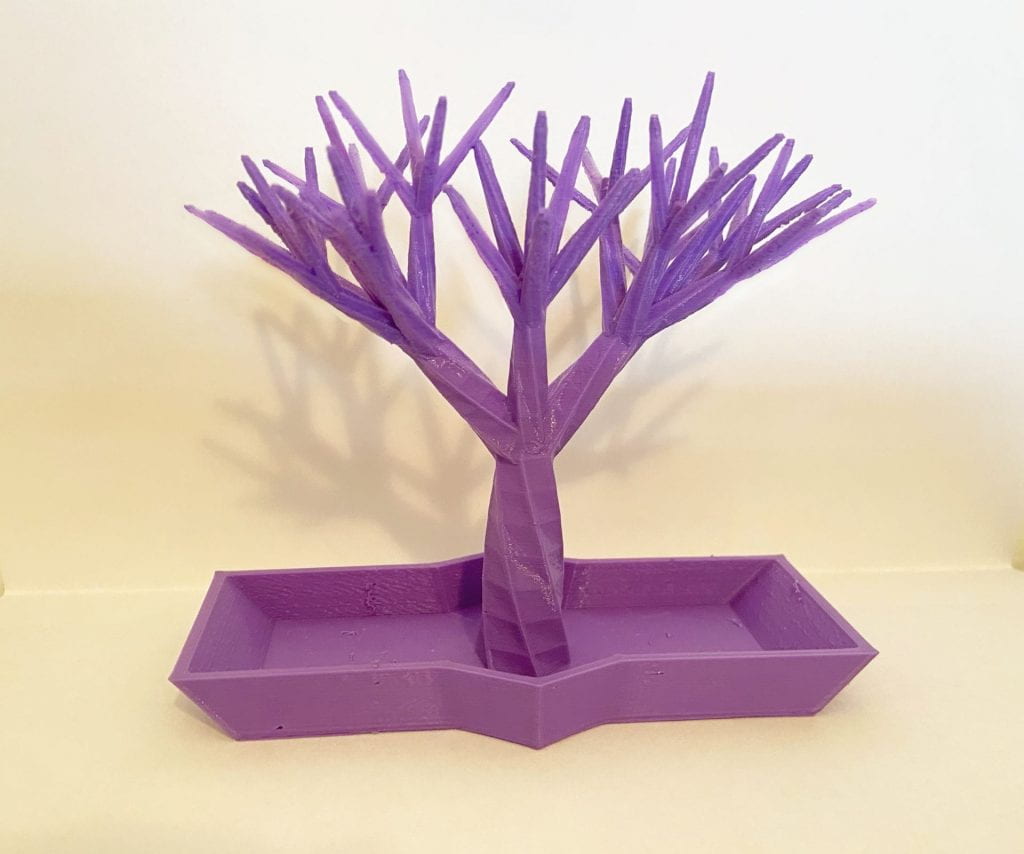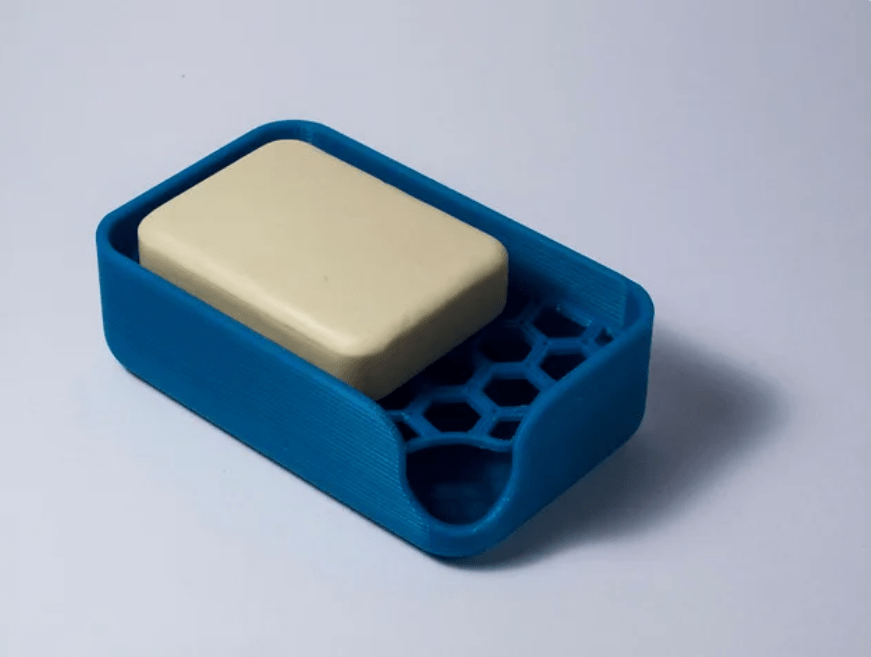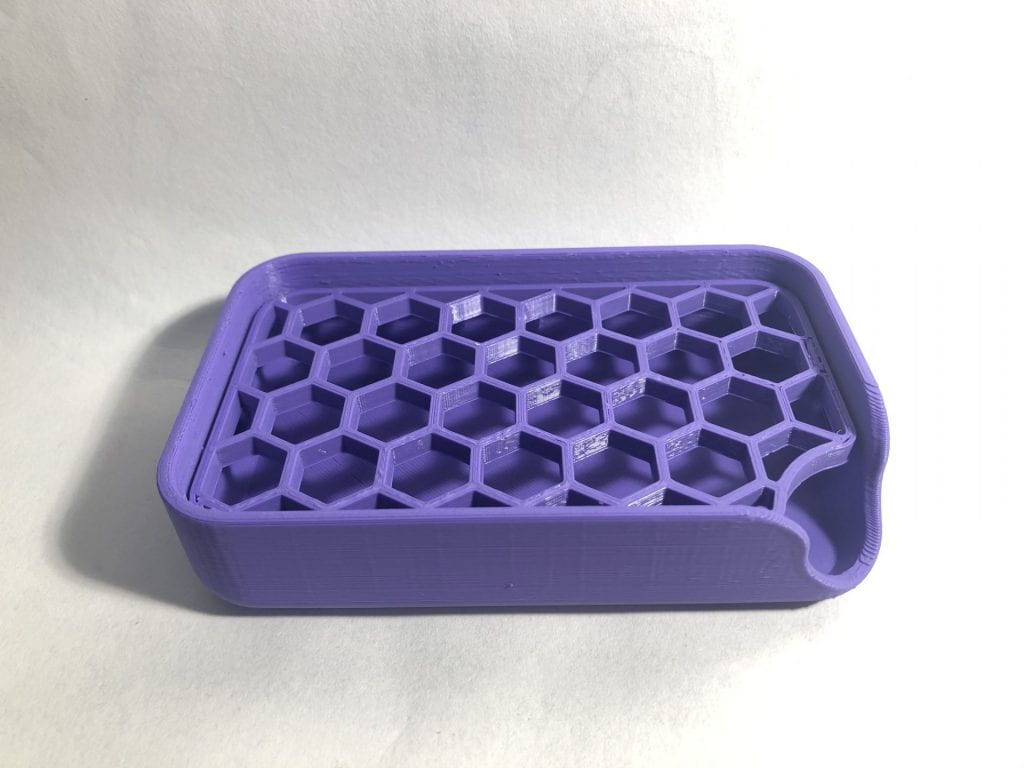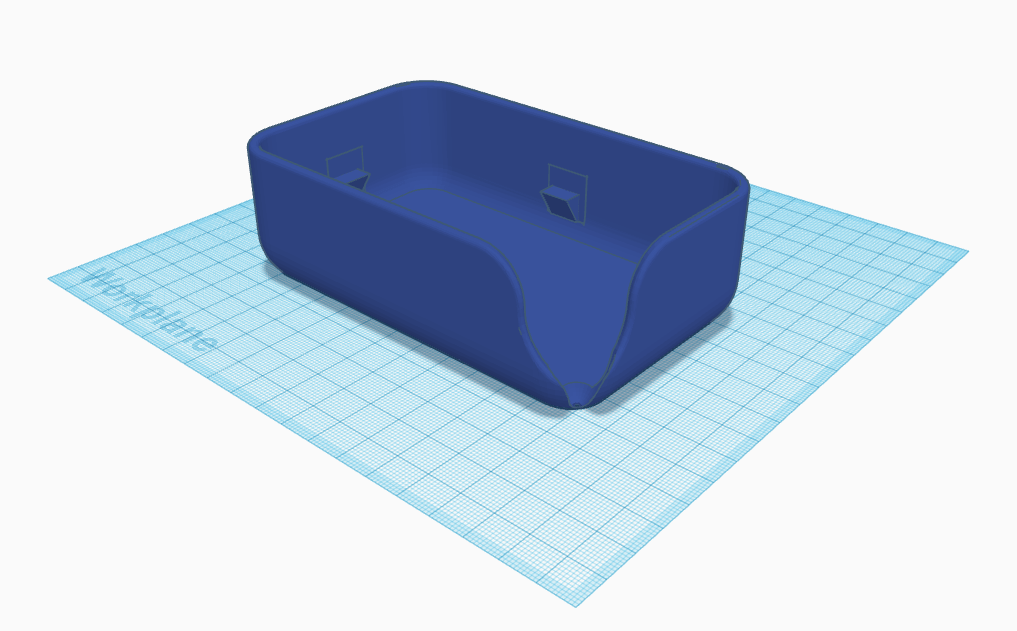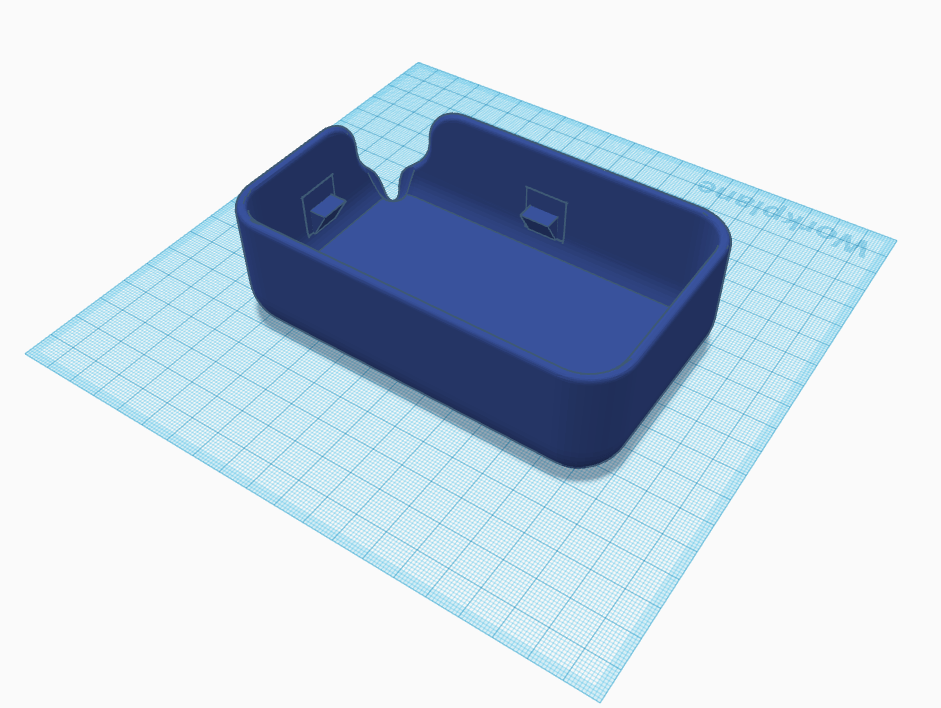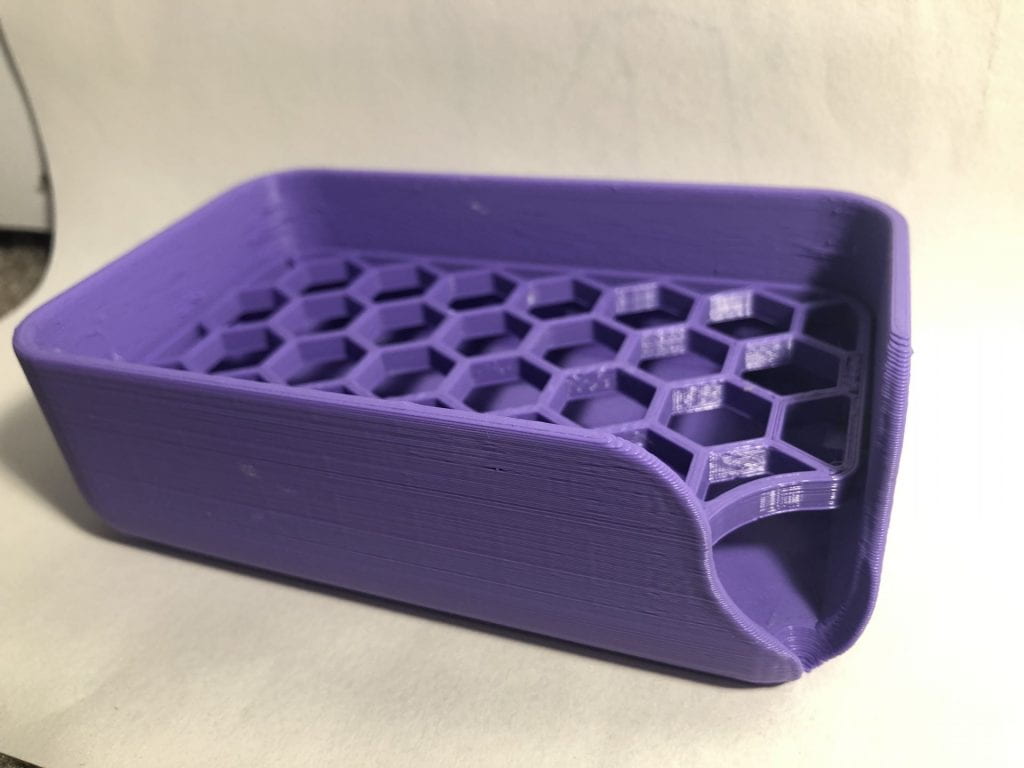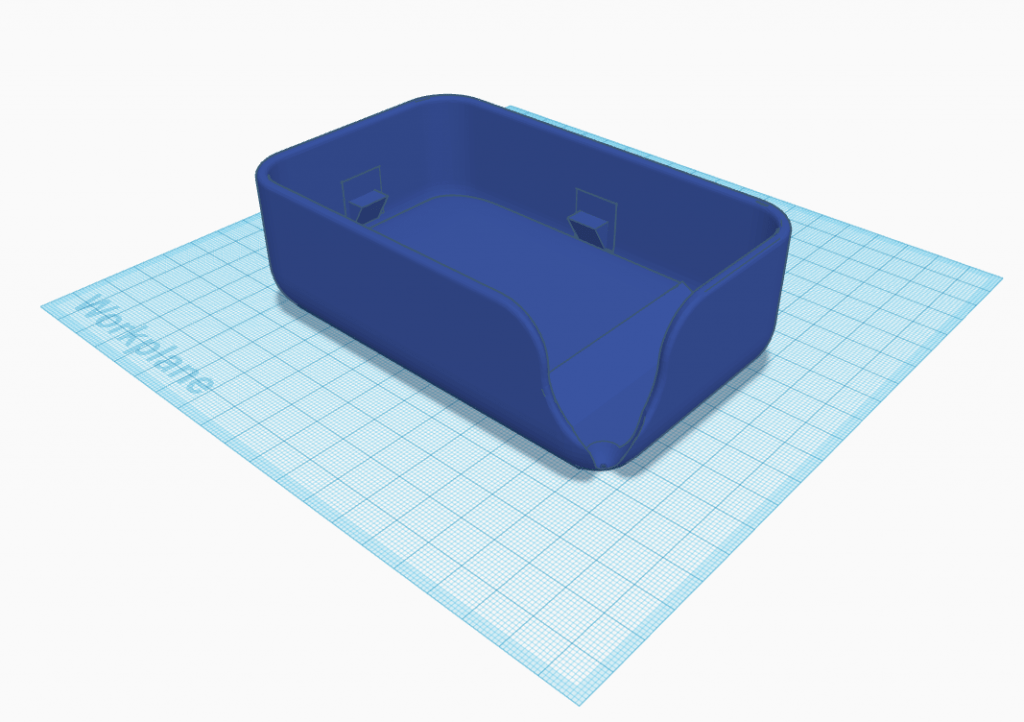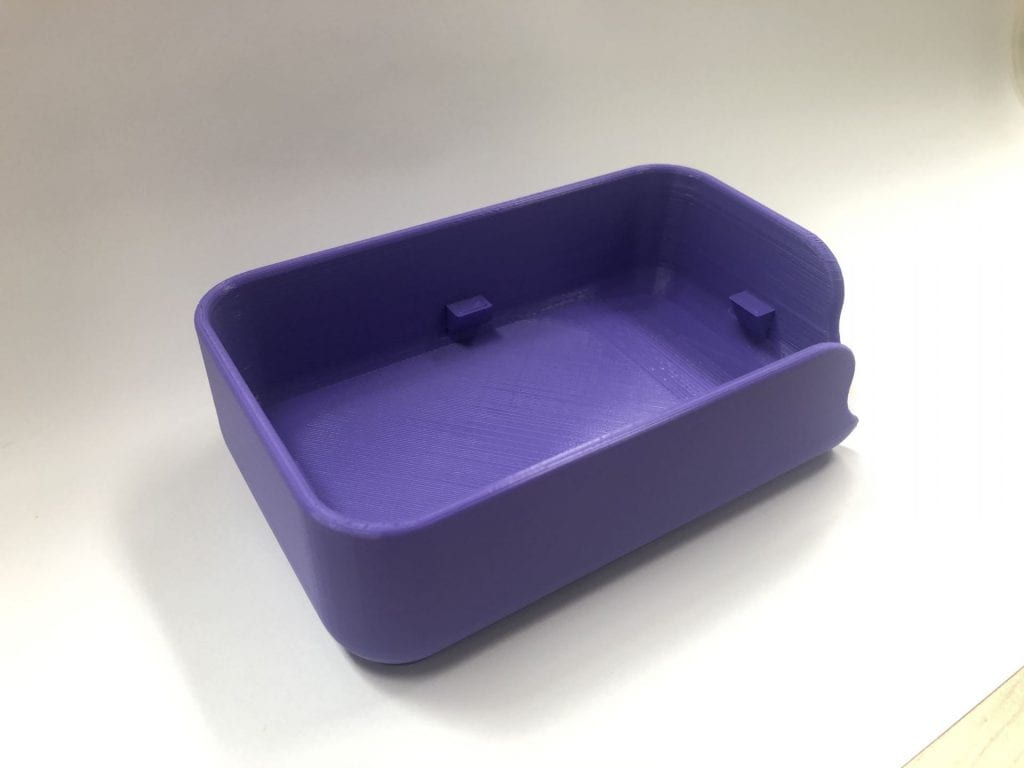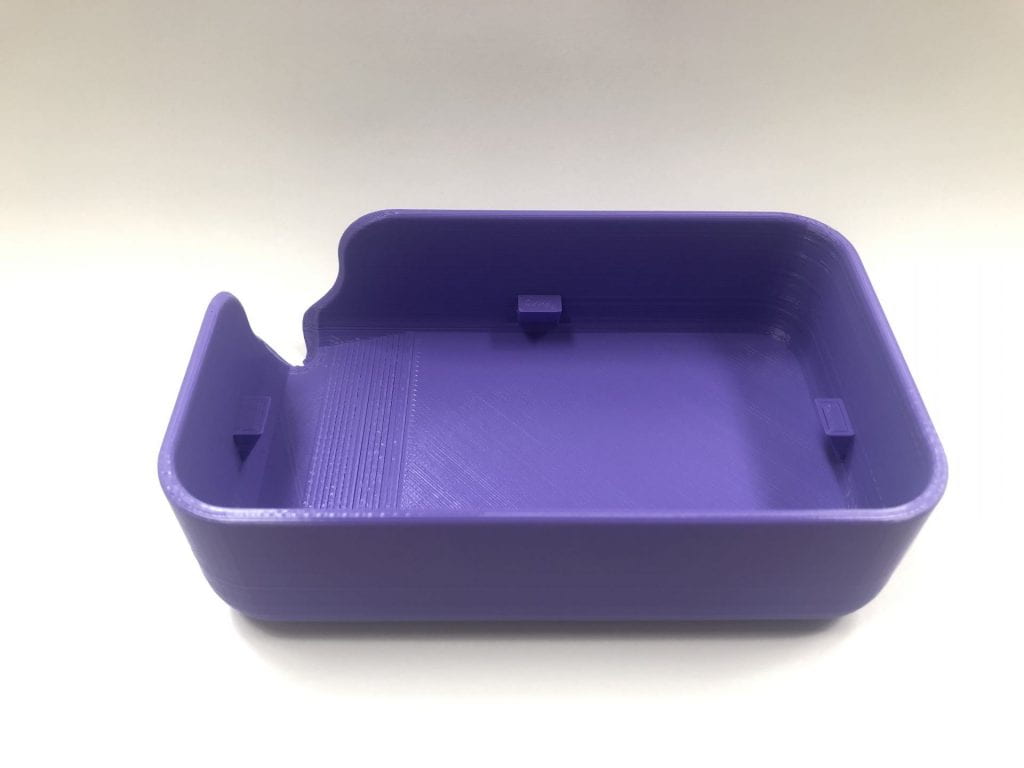F|F Research and Concept:
The original concept is made for a simple headphone stand. The legs are meant to balance out the weight from the arching top point that hovers over the center of the piece. The piece is meant to serve as a stand for gamers or anyone that requires headphones in general. A stand is essential for tidying up a desk space. This particular stand creates a balance from the top to the bottom so that it does not tip over, this will be challenge to uphold in changing the original design.

Potential Personalizations/Improvements
The overall size needs to be smaller. In addition, the divot at the top where the headphones rest needs work. I look to improve that by creating a much more definitive arch that would prevent the headphones from coming off the stand as easily. Something that I would also like to include is an optional piece that allows for cord management if users had cords to deal with. The piece could be a clip that is easy access on the side. The major challenges with each of the improvements will be curvature. I will need to learn what will be acceptable for printing and what will ultimately need to change so the overall design will work.
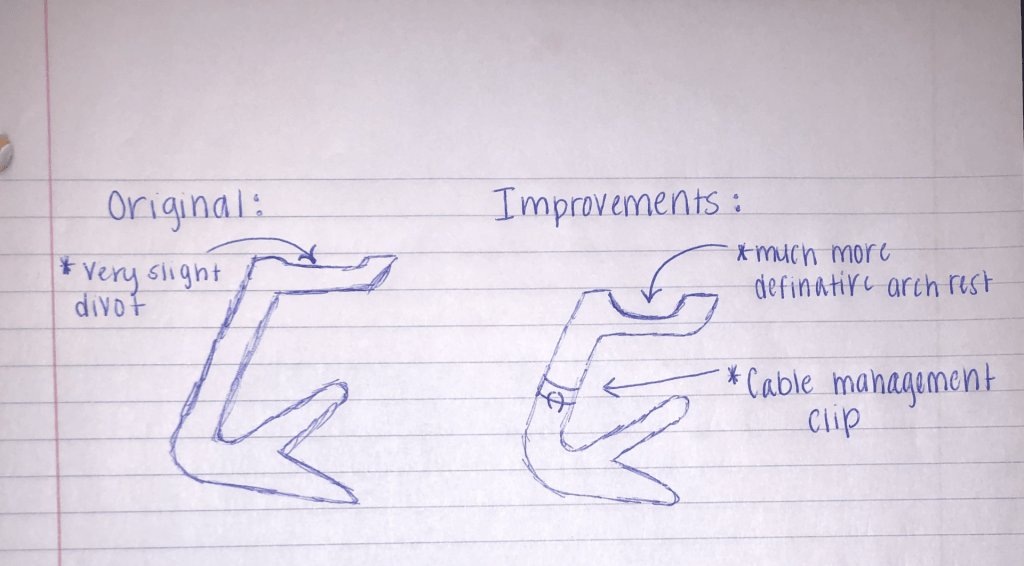
F|F Iterations:
For my initial approach to this print, I chose to print the original that I first saw on Thingiverse by @makerbot. The original unfortunately was meant for a larger printer than we have access to in the labs. So I ultimately had to scale the size down a bit. If scaling down wasn’t a factor, this piece turned out really well.
Moving forward from the initial design, I chose to print a remix by @N3D_printing. In this remix there are three parts to the design and each one snaps into the other. In the pictures above you can see the three initial pieces along with different views of the top piece.
In addition to trying the new print, I tried different variations of the top piece with my alterations. All pieces were full scale, printed to specifications of the creator, besides my alterations for a deeper headphone rest and a cord management clip.
The largest factor in the most recent print was the height requirement being tall enough for the headphones. In print 1, I downsized for a difference in printers. In print two, I tried to attempt a different remix that made it so I would be able to piece the components together. The main points that went wrong were the sizing on the pieces compared to the hole In which the piece is supposed to connect to. None of them would snap in correctly. As a result, I ended up sanding the snap in pieces down to just super glue it together for now. One thing that did work was the more definitive arch in the top. It printed differently than anticipated, but still stayed balanced. The other modification technically worked, but not as planned. The original had the issue of size, but the remix had many more issues with structure. I will be changing and reworking ideas to maybe mesh the two together for the final. As far as my specific iterations, I now understand what will work and what isn’t plausible.
F|F Final Print and Reflection:
For my final I chose to return to the original Thingiverse creation by @makerbot . I chose to do this because the remix had a great idea, however the amount of modifications took too much time for my situation.
My modifications stayed relatively the same, the arch had no change. The clip however, I moved down and around toward the back. I did this because the cords for headphones are usually placed on the bottom of headphones so with the chosen placement, it pulls the cord up and out of the way; Far more accessible than the last iteration.
I’m a firm believer in nothing is perfect and there is always room for improvement. So, this is my final I will be going with, but there is definitely room for improvement if given the chance in the future. I learned a lot from start to finish!
Notable Print Settings:
- Infill: 30
- Layer height: 0.2


